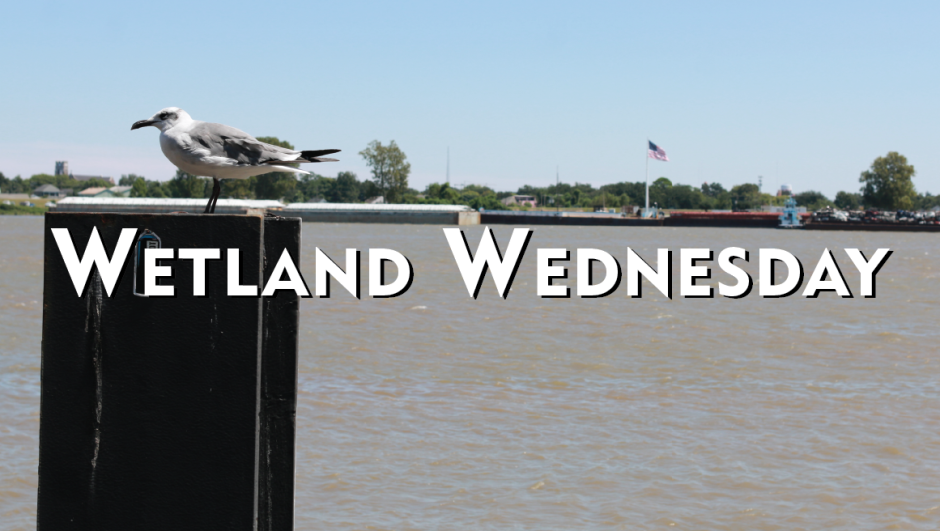Post project degraded marsh and open water.
Location
The project is located in Region 3, Terrebonne Basin, Terrebonne Parish.
Problems
High saline waters from Lake Mechant have directly contributed to the loss and/or conversion of much of the historically intermediate marshes to low salinity brackish marshes north of Lake Mechant. Subsidence, canal dredging and storm damage have also contributed significantly to the loss of marsh in the area. The zone of intermediate marsh (transition zone between fresh and brackish marshes) is located just north of Lake Merchant. High salinity water entering Bay Raccourci via Bayou Raccourci/Lake Mechant flows unimpeded into low salinity marshes surrounding Bayou Raccourci, effectively short circuiting the TE-44 Project. The 1984 to 2016 USGS loss rate is -0.32%/yr for the extended boundary area.
Restoration Strategy
The primary goals of this project are; 1) restore marsh habitat in the open water and degraded marsh areas via marsh creation and 2) restore forested ridge habitat along Bayou Decade.
The project would consist of the creation of 341 acres if marsh and 103 acres of marsh nourishment with sediments dredged from Lake Mechant and confined with earthen dikes. The proposed design is to place the dredged material to a fill height of +1.17 ft NAVD88. Dewatering and compaction of dredged sediment should produce elevations conducive to the establishment of emergent marsh and within the intertidal range. Containment dikes will be gapped at the end of construction.
The northern containment dike would be built to a height of +4.0 feet NAVD88 with a 10 feet wide crown and would also serve as a ridge. Material for the ridge would be bucket dredged from both Bayou de Cade and from within the marsh creation cell. The entire 16,350 linear feet (17 acres) of ridge would be planted with saplings and bare root seedlings on the crown and smooth cordgrass along the bayou side slopes.
The project would result in approximately 342 net acres over the 20-year project life.

The project was approved for Phase I Engineering and Design in January 2020.
The project is on Priority Project List (PPL) 29.
The Federal Sponsor is US Fish & Wildlife Service.
The Local Sponsor is CPRA.



